PMDP at French Frigate Shoals: Our “Tern” to Do Better
By: James Morioka (volunteer)
From an early age, I was taught by my family to respect the land, the ocean, and the life that depends on it. That the land, water, and natural resources are not given to you from your ancestors, but rather loaned to you from your children and the next generation. That it’s our kūleana (responsibility) to be stewards of the land and ocean, and to take care of them as if they were your home. To respect the wildlife as if they were your family. I was taught to respect the harmonious ecosystem balance in the natural world.
That balance is on full display in the Papahānaumokuākea Marine National Monument. From the careful push-and-pull interactions among predators and prey, native and non-native species, locals and visitors, it’s an incredible feeling, indescribable, and one you can only understand by being present, immersed, and enamored by these surroundings. Papahānaumokuākea is wildlife as it’s meant to be. Raw, real, and wild.
This balance also exists when carefully constructing a diverse team of specialists to execute the marine debris project. Eclectic, enthusiastic, passionate, talented, and skilled at the craft that they’ve developed. The personnel that make up the Tern Island marine debris team, are like characters from the greatest story you’ve never heard about. Our team of eleven have background experience and knowledge in Native Hawaiian culture and practice, project coordination, operations and logistics, rigging and safety, fire and medical support, Hawaiian monk seal, green sea turtle, seabird and coral reef research, boats, motors, and machinery, and years of on-the-ground and in-the-water experience in Papahānaumokuākea. This balance has allowed PMDP to flourish, successfully executing a wide range of project goals and objectives, while maximizing efforts and safety here to protect wildlife and the natural resources for the next generation.
Today (October 30th) marks our 10th day on island. Work begins before sunrise, under the starlit sky (the Milky Way is insane), continues throughout the heart of the day under clear blue skies scattered with turquoise clouds reflecting the color of the clear shallow water surrounding the island, continuing through passing rain and wind that can chill you to your core, and doesn’t end until the sun sets over the horizon. The island is so low lying and limited in vegetation that from any point on the island, you can see water surrounding you in every direction. At night, the Milky Way bridges the sky above you like a massive arch from horizon to horizon, and bright stars fill the infinite space above you like wax on your favorite longboard, completely ubiquitous. ʻIwa (Frigate) birds soar high above you, catching wind lines and coasting through the sky. Black-footed albatross sir in pairs, dancing and hooting, Noddy birds carefully rest on eggs, Boobie birds perch on marine debris, and Wedge-tailed shearwater birds burrow themselves under leftover trash, adapting to the effects of humans on the islands around them. And the birds continue to coo-and-caw throughout all hours of the day and night. Monk seal pups play in the water, roll around and sleep on the beach, sneezing and whooping at each other. Turtle hatchlings erupt from the sand and march together to get their first taste of the ocean to begin their lives. Schools of ʻŌmilu and Ulua (trevallies) fish cruise the shallow waters, in numbers and sizes rarely observed in the main Hawaiian Islands.
The work itself is very difficult. It has included removing entrapment and entanglement hazards to the local wildlife, and mitigating the threats of debris on island to the wildlife that call it home. It’s back-breaking labor-intensive work that takes a lot of critical thinking and problem solving to complete successfully. But in the end, it’s all worth it. I was lucky enough to grow up enjoying my life around the ocean, and I want the same for my daughter and the next generation. And if you love something, it’s really easy to want to dedicate your time and effort to protect it. I would never ask someone to do something that they’ve never seen me personally do. And I hope that our keiki (children) and the next generation see how much we care about the environment and want to ensure it’s protected for them. We owe it to them to spark the fire that’ll change the world for the better. To protect the natural world, and to lead by example through these conservation-based projects. I’m excited to be a part of the growth, vision and mission of PMDP. It’s our “Tern” to do better.


